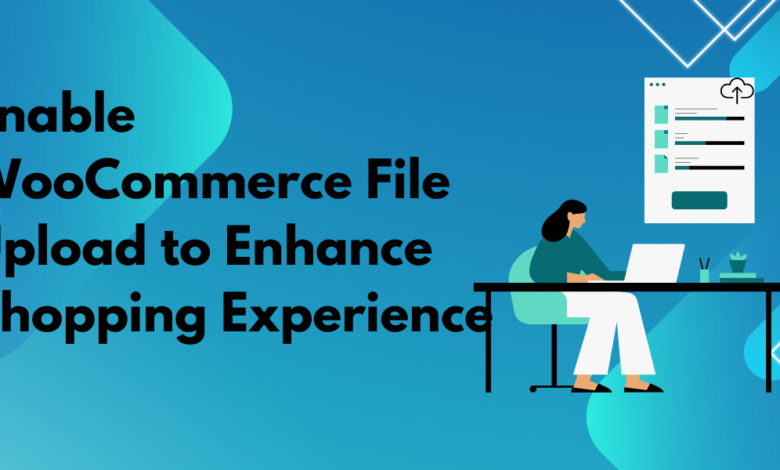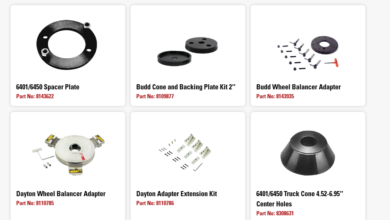
In eCommerce, a personalized shopping experience can set your store apart from competitors. For WooCommerce store owners, providing customers with the option to upload files during the shopping process can open up endless possibilities for customization and unique purchases. By enabling WooCommerce file upload capabilities, you can cater to a wide range of customer needs, from uploading images for personalized products to providing documents for verification. In this article, we’ll explore how WooCommerce upload file can improve user experience and boost customer satisfaction in your store.
What is WooCommerce File Upload?
WooCommerce file upload allows customers to upload files directly on the product, cart, or checkout pages. Using plugins like Customer Upload Files for WooCommerce, you can integrate this feature seamlessly into your store. This functionality is particularly valuable for businesses that offer customizable products, as it allows customers to easily attach images, documents, or specifications required for their purchases.
For example, if you sell personalized items such as T-shirts, mugs, or photo frames, customers can upload the image they want printed directly during the ordering process. Similarly, businesses that require documentation—such as licenses or certifications—can streamline the submission process by allowing uploads at checkout.
Benefits of Enabling File Upload in WooCommerce
1. Personalization and Customization
In today’s market, customers crave unique and personalized products. The ability to upload a file provides customers with a simple way to make their purchases unique. From uploading images for a custom print to submitting specific design instructions, WooCommerce file upload makes personalization easy and enjoyable for the customer.
Offering personalized products and simplifying the customization process can also set your store apart from competitors and lead to higher customer satisfaction. For instance, a personalized gift shop can use file uploads to enable customers to add personal touches, making gifts truly one-of-a-kind.
2. Improved User Experience
Integrating file upload functionality in WooCommerce adds to the overall convenience and user-friendliness of your store. Customers are less likely to abandon their cart if they can submit everything needed for their purchase directly on the product or checkout page. This feature eliminates the need for customers to email additional information after placing an order, making the process faster and more intuitive.
Moreover, a streamlined experience keeps customers more engaged, encouraging repeat visits and potentially increasing customer loyalty.
3. Simplified Order Management
WooCommerce file upload functionality can also simplify order management for store owners. When customers upload files directly with their orders, the files are stored alongside the order details, making it easier for you to manage and fulfill each request accurately. All files are saved within WooCommerce, so you won’t have to worry about tracking down separate emails or messages to find the relevant information.
For instance, if a printing business needs high-resolution images for custom products, the files will already be attached to each order, reducing the likelihood of errors and increasing efficiency in the order fulfillment process.
4. Enhanced Communication with Customers
Allowing file uploads also opens up an additional avenue for communication. If a customer has specific design requests, they can upload a document or image with instructions, making it easier for you to meet their expectations. This feature can be particularly beneficial for businesses that offer custom services, as it encourages clearer communication and reduces the chances of misunderstandings or errors.
With a well-organized file upload system, you’ll be able to promptly access any additional instructions or information provided by customers, which can lead to a smoother, more transparent transaction process.
5. Opportunities for Offering Premium Services
File upload options can also be a gateway to offering premium, personalized services at an additional cost. For example, if you run a photography print store, you could offer customers an option to upload photos for custom framing or editing. Adding a fee for such premium customization allows you to expand your offerings and increase your revenue, all while providing a highly personalized shopping experience.
Best Practices for WooCommerce File Uploads
1. Clearly Communicate File Requirements
It’s essential to specify acceptable file formats, sizes, and any other requirements directly on the upload field. Clear instructions will minimize the chance of customers uploading incorrect files or low-quality images.
2. Optimize for Mobile Devices
Many customers will use mobile devices to browse and make purchases, so it’s important to ensure that the file upload feature is mobile-friendly. Test the upload process on multiple devices to make sure it’s functional across platforms.
3. Use High-Quality, Secure File Storage
Since uploaded files may contain sensitive or unique information, it’s important to store them securely. Using a reputable hosting provider and adding security plugins can help protect customer data and build trust in your store.
4. Encourage Customer Feedback
If you’re implementing file upload for the first time, consider collecting feedback from customers on how easy it is to use. This input can help you refine the experience and make improvements as needed.
Final Thoughts
Adding file upload functionality to your WooCommerce store can transform the shopping experience, especially for businesses that specialize in custom products. With features like seamless order management, enhanced personalization, and improved customer communication, WooCommerce file uploads cater to customer needs while helping your business run more efficiently. By making it simple for customers to upload their files directly on the product, cart, or checkout pages, you’re giving them a more streamlined, personalized, and satisfying shopping experience.


